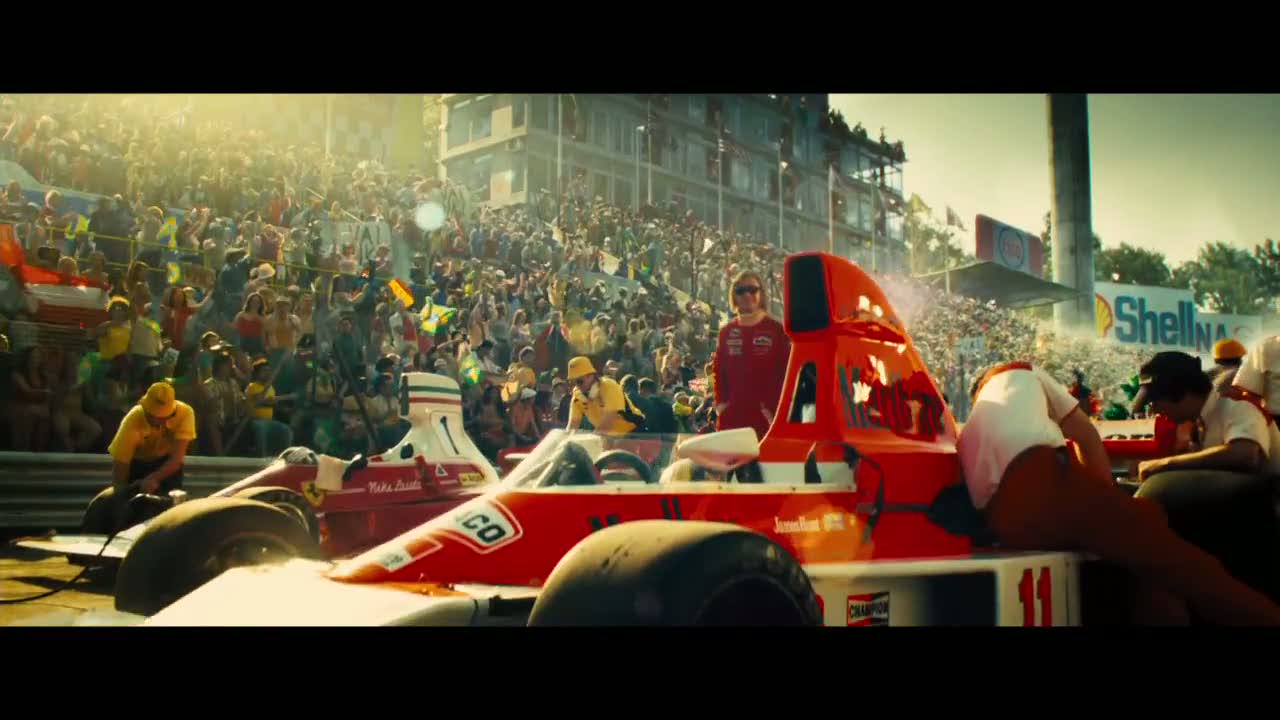To start with a single aspect of this, 'winter'... [others below]
Fake snow is big business.
In the UK, the snow companies are busiest in summer, when it's [theoretically] least likely to rain and spoil the effect.
From my own answer on Why does snow appear to go up in movies?
I've seen sets dressed for snow and worked on scenes using it, but I
don't know the full technical details, so I'm going to have to skirt
the 'hard data' a bit.
The basic types I've seen are made of paper [wet or dry], foam,
cellulose and formaldehyde.
The very light 'snow' is formaldehyde, burned as candles - that will
definitely give the look in the Gladiator clip.
Foam, as far as I know, is used for heavier snowfall.
Paper and cellulose are also used to make snow-fall, but I've never seen
those in real life, only on other people's footage. I've seen it laid
down on the ground as a blanket effect prior to the shoot, but not
used as fall. Paper is extremely good for ground-coverage. If you wet
it slightly it even holds footprints that look and feel entirely
convincing even when they're your own feet making them and it's 30°C in
the shade.
Have a look at Snow Business, a UK company, for the myriad ways
they have of trying to convince you it's actually snowing.
...and I only just realised, that's the company who did the snow for
Gladiator! See the page on Snow Sticks
Here's a rare picture of a set in the middle of being dressed for snow for the xmas episode - this was taken in mid-July, the temperature was about 30°C.
The 'snow' on the ground is predominantly paper or cellulose, slightly damp - as you can see in the foreground it is holding footprints well. By the time they'd finished, it was deeper than this and covered most of the set; walking across it would leave prints but not show the ground underneath.

I found this - I didn't work on the show the year they did "The Big Freeze" my shot is from a couple of years earlier - but they made a special on 'the making of', posted to YouTube...
Perhaps equally important, principal photography is unlikely to span a year - more like 2 months, whatever the weather.
Of that period, rarely will all shots take place outdoors. Indoors, of course, the 'weather' can be anything you like.
Outdoor sequences need only to not be raining heavily [you can't see light rain on camera at all, your only clue is dark spots on clothing] when it's supposed to be sunny and vice versa. The rest can be covered by lighting on-set and colour grading in post-production.
Using the first picture above, if they needed flat light on the principals rather than direct sunlight, they could hang one of those large diffusers [the white square flags in the shadows by the main building] right in the way of the sun. That would turn a sunny day [point light] into a cloudy day [diffuse light].
I had a late thought... a movie I worked on a few years ago - Rush
These two races were filmed on the same day, on the same [huge] outdoor location. Buildings are mainly CGI [but not the pits, camera left in the first shot], however a lot of the crowd & almost all the cars are real [many of them were the actual cars from those actual historic races]. Rumour at the time said this was the biggest bowser [rain machine] ever made. I can't find info to prove that true or false.
The lower pic looks more like the actual weather on the day - bit sunny/cloudy, though we filmed in winter, so it wasn't as warm as it looks.

Credit: https://www.carthrottle.com/post/this-is-why-rush-will-be-the-greatest-f1-film-ever-made/

Credit: https://myreelpov.wordpress.com/2013/10/13/a-wise-man-can-learn-more-from-his-enemies-than-a-fool-from-his-friends-rush/



